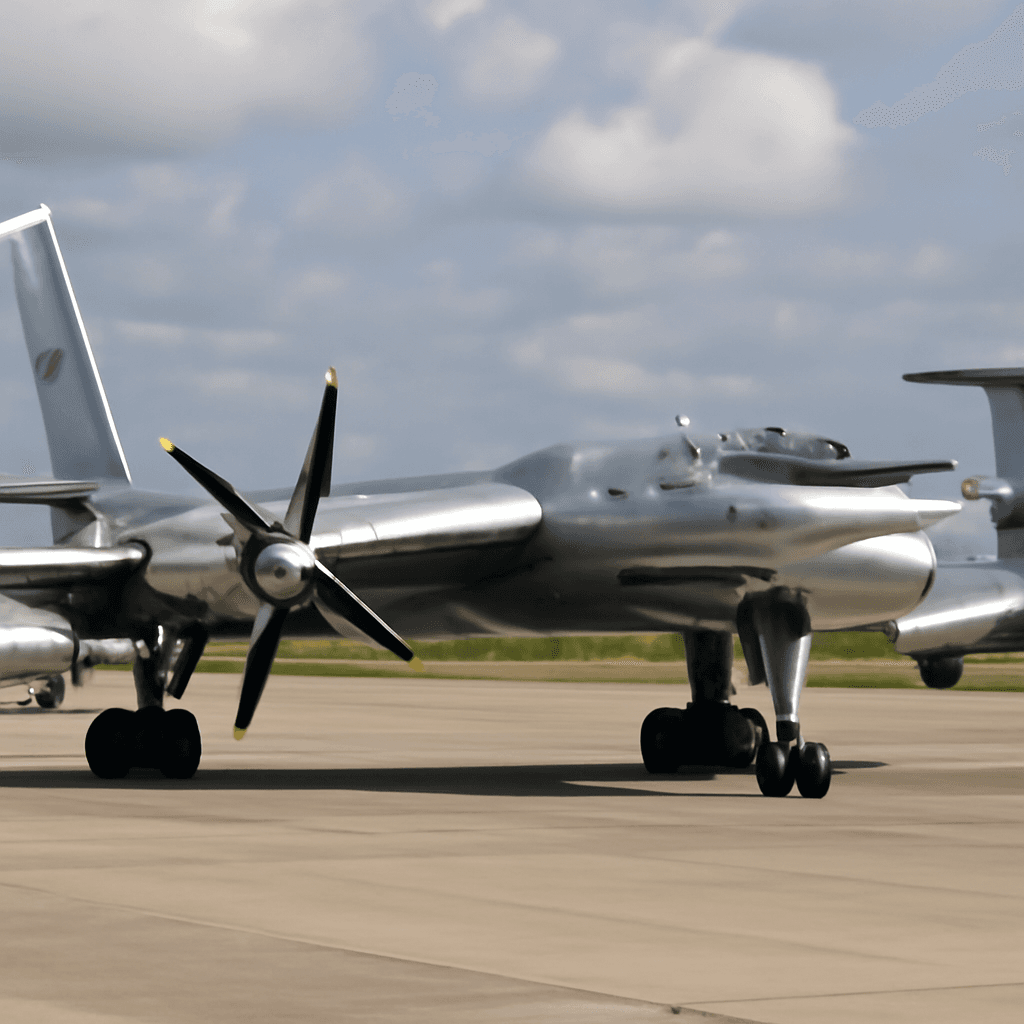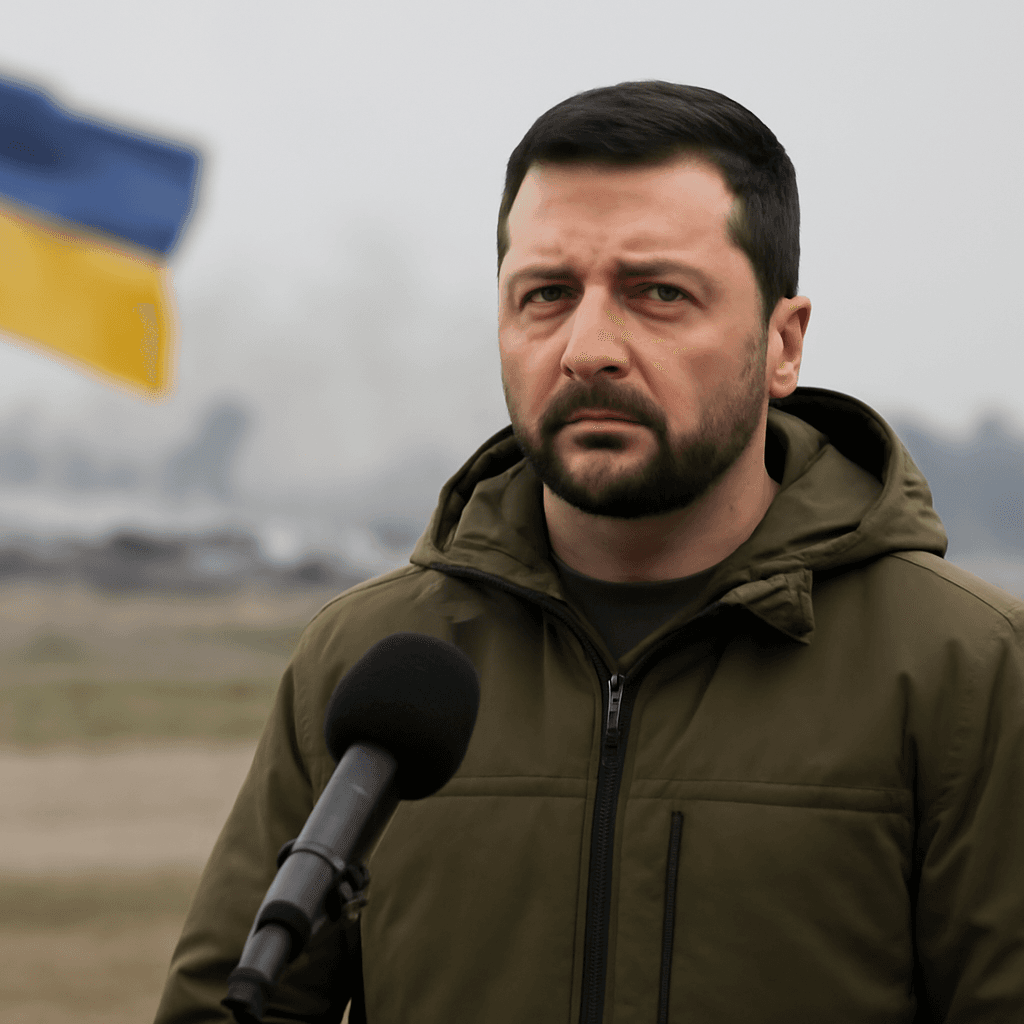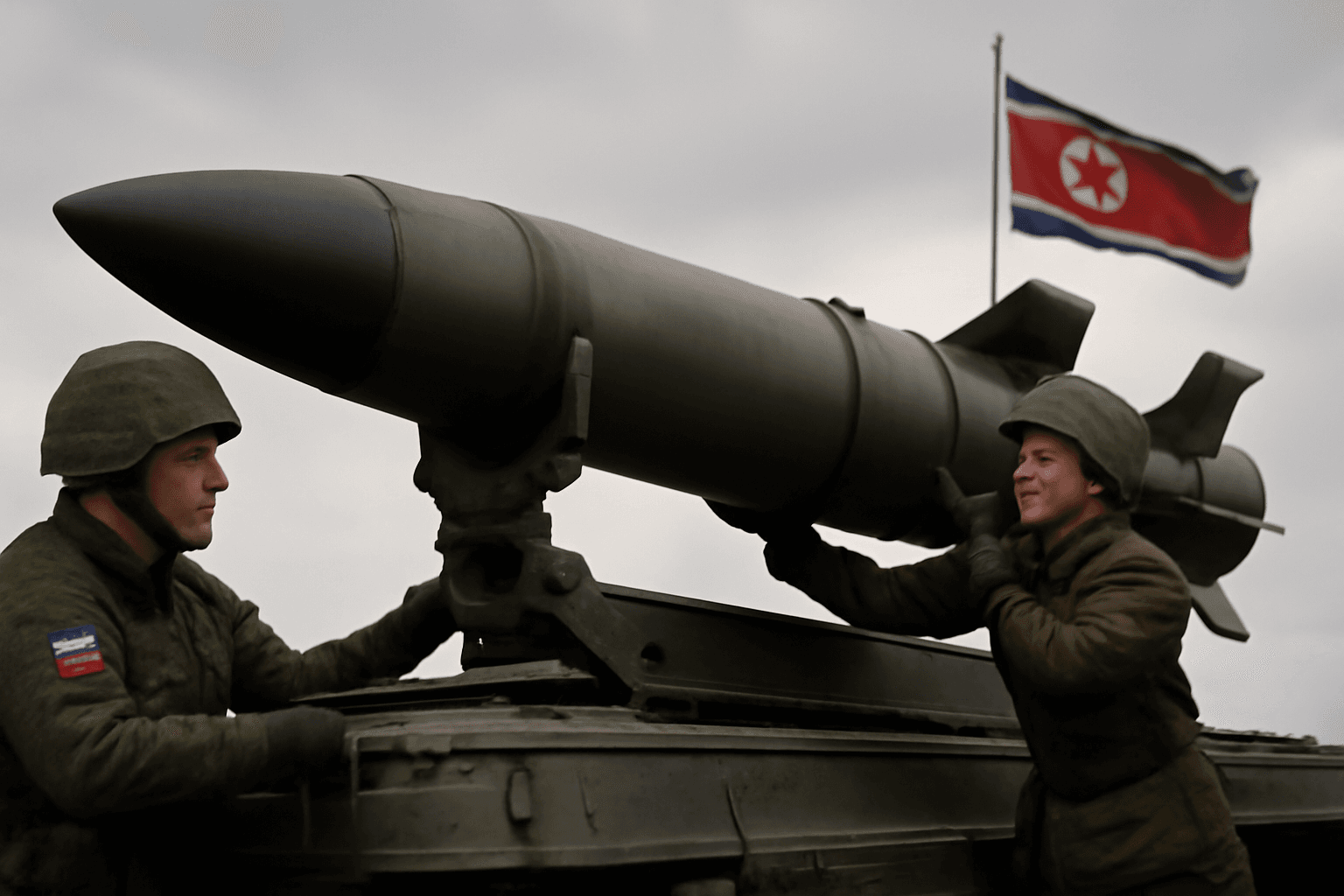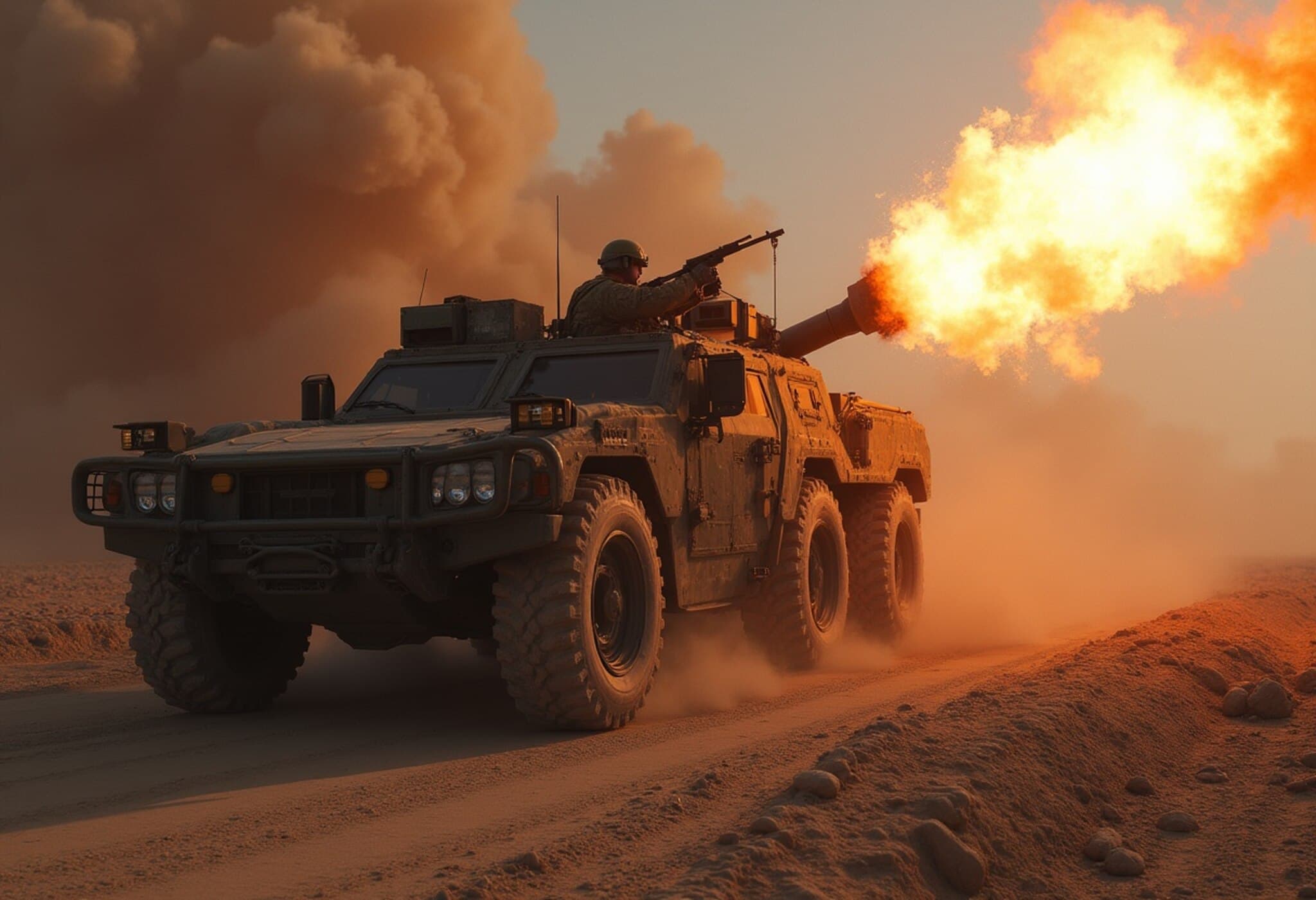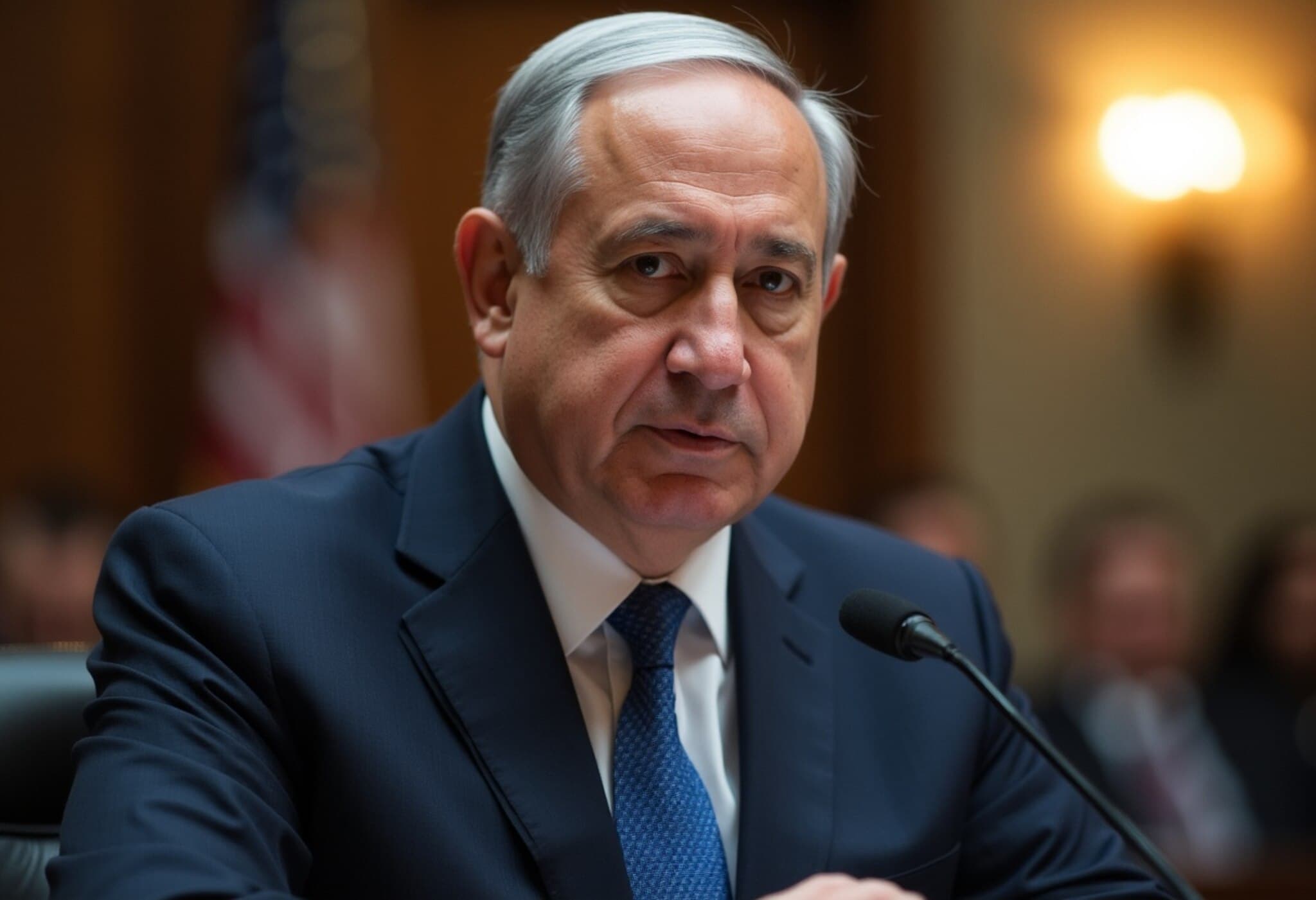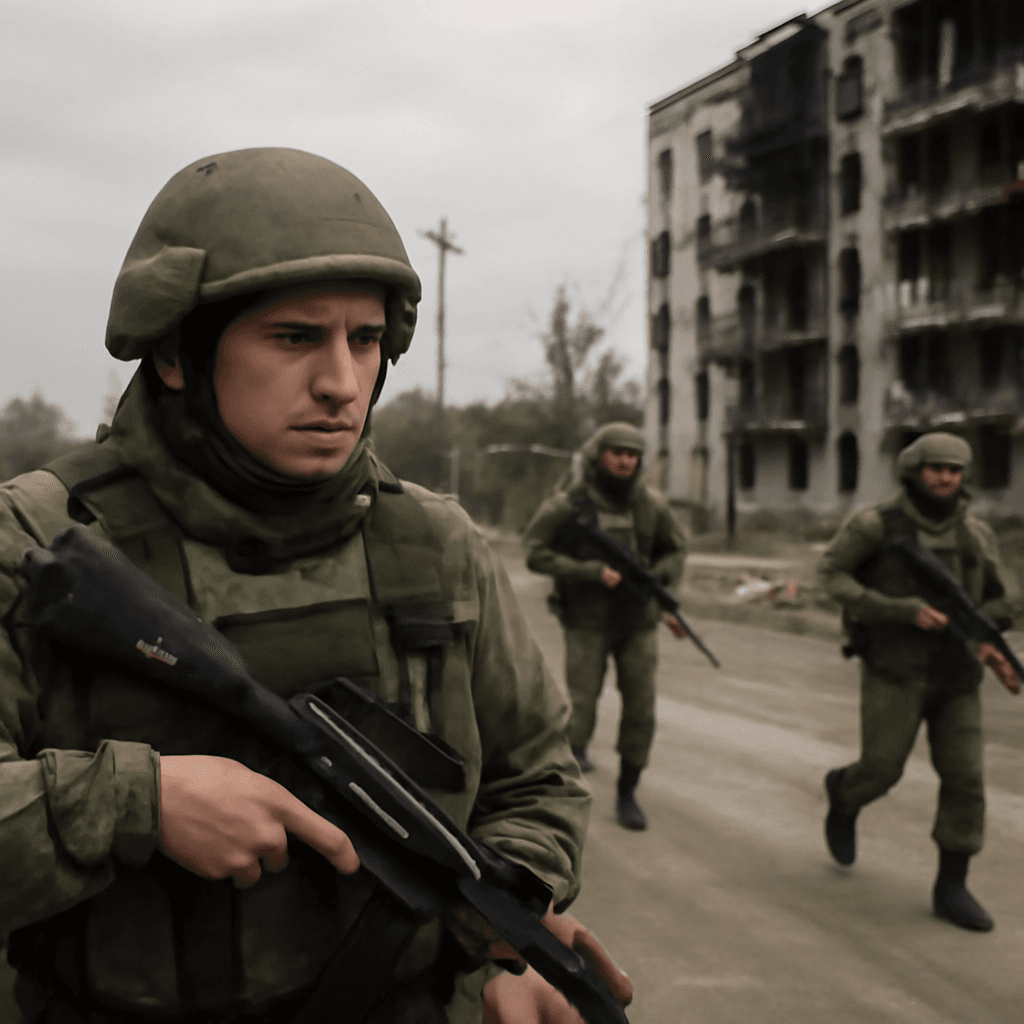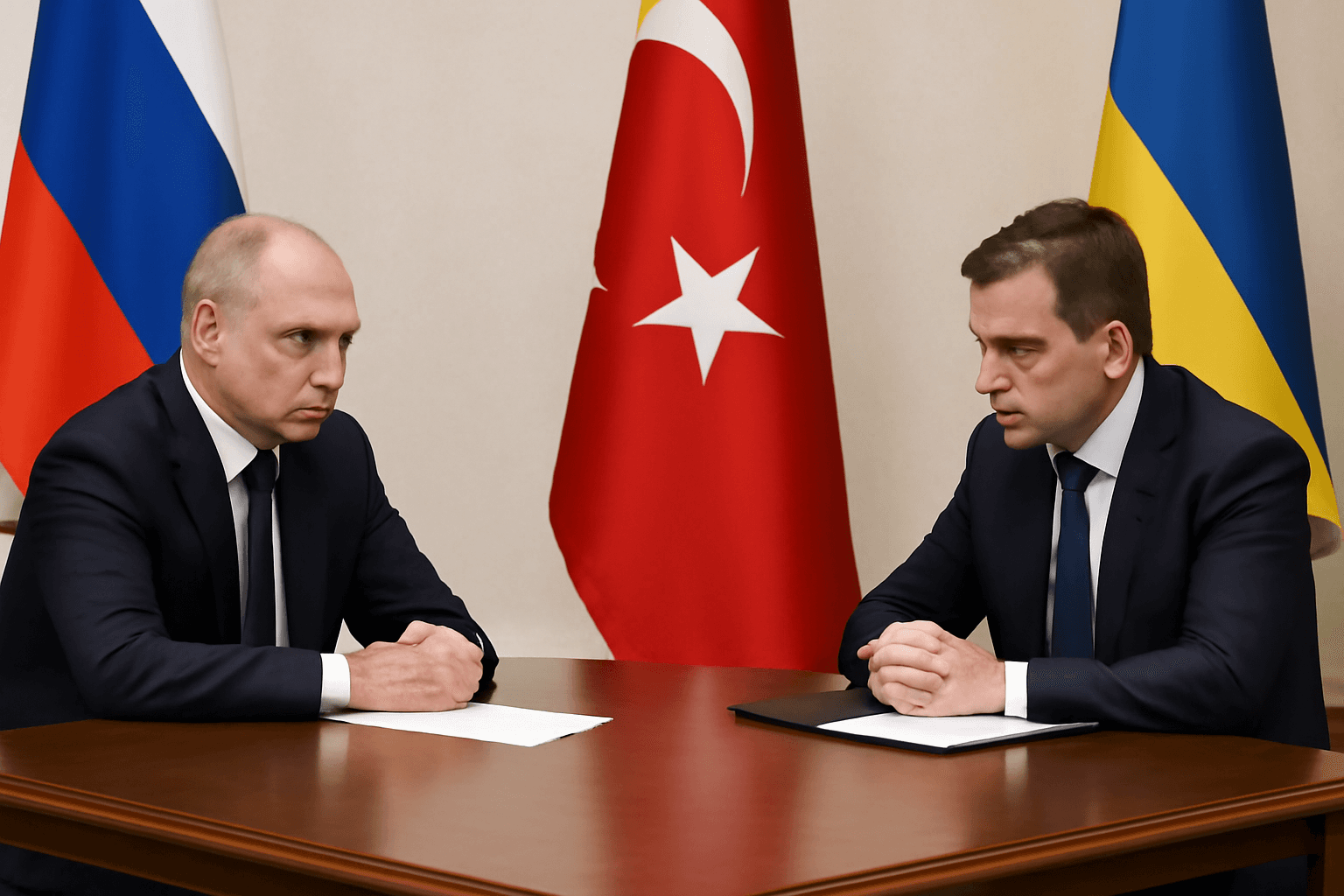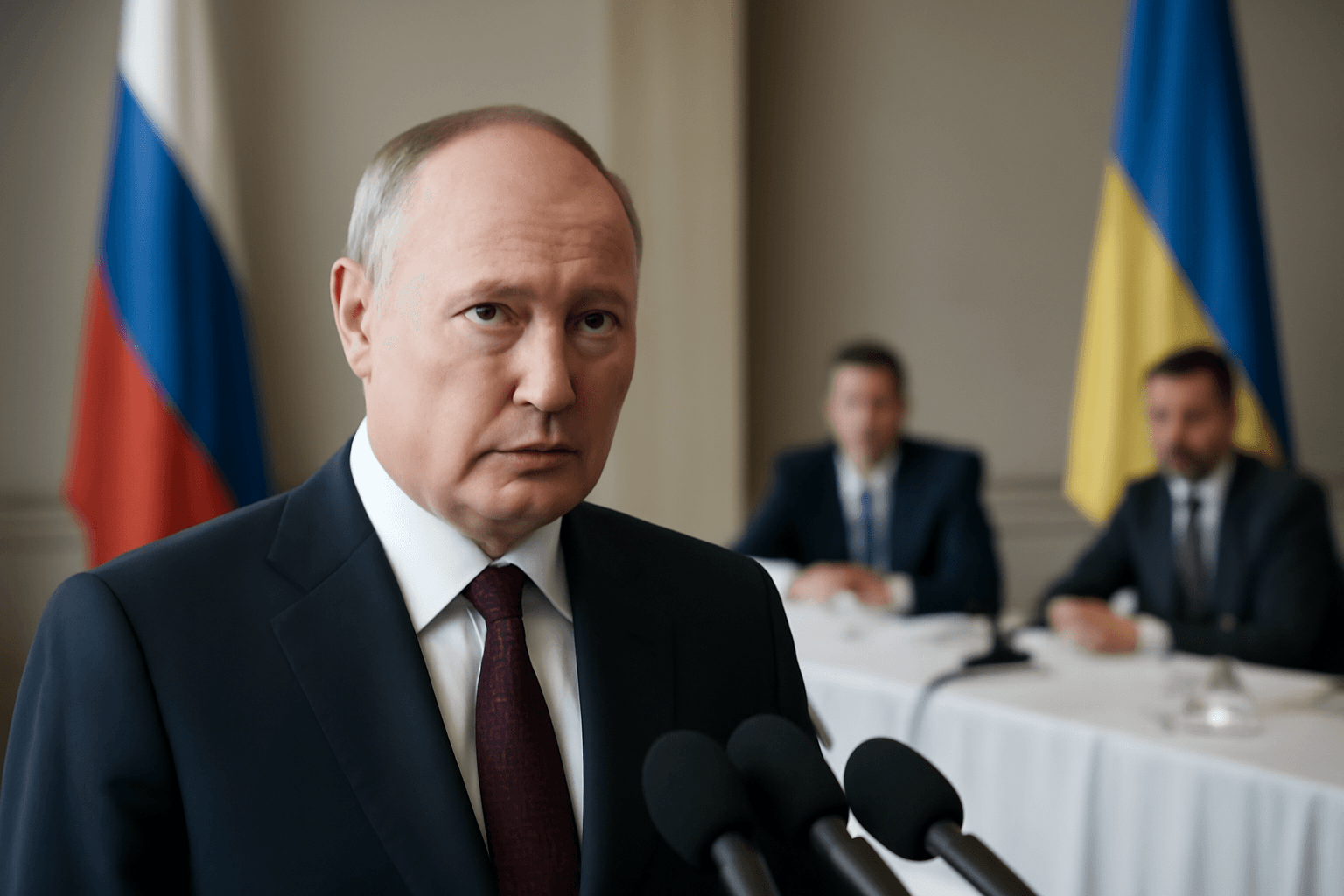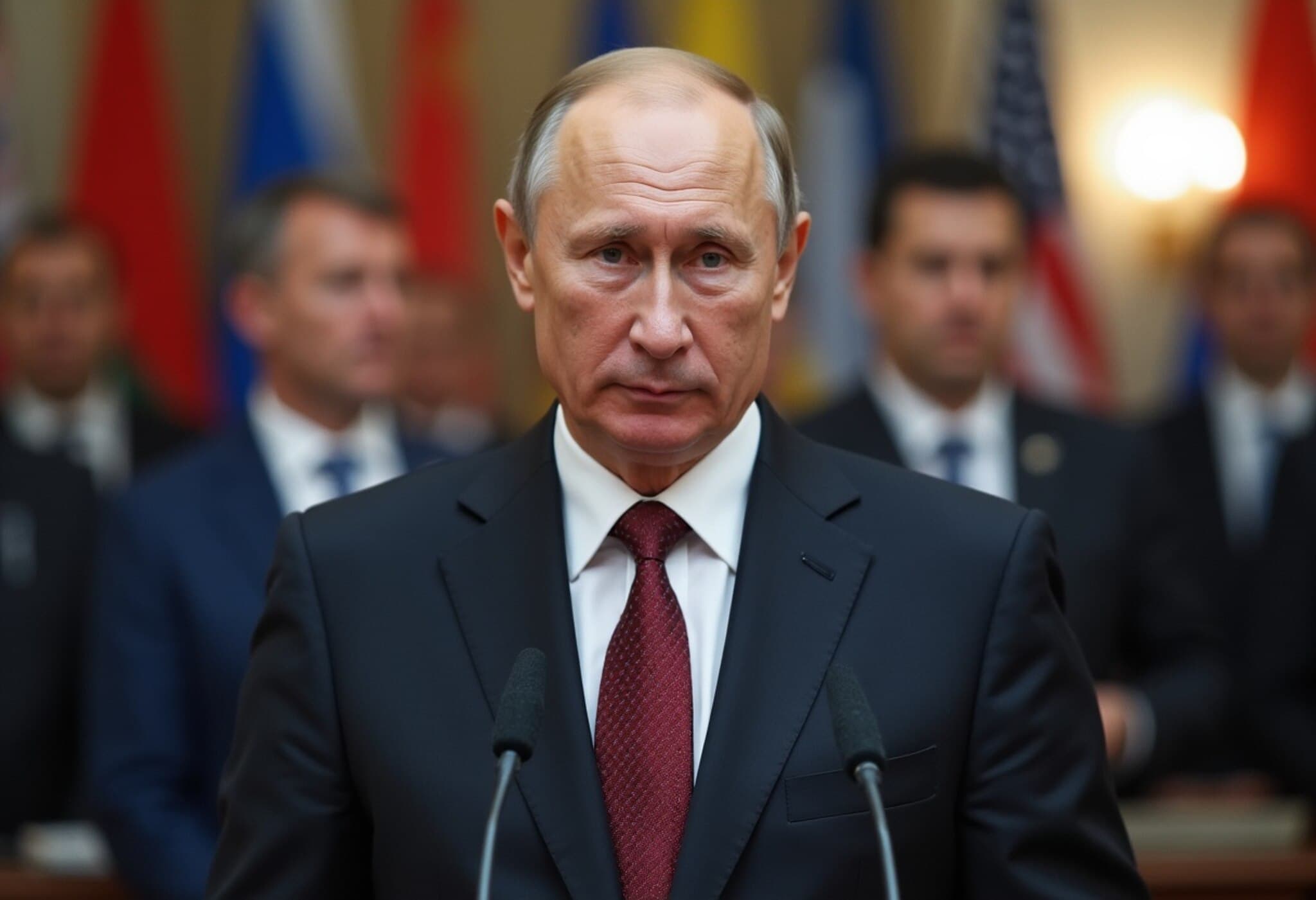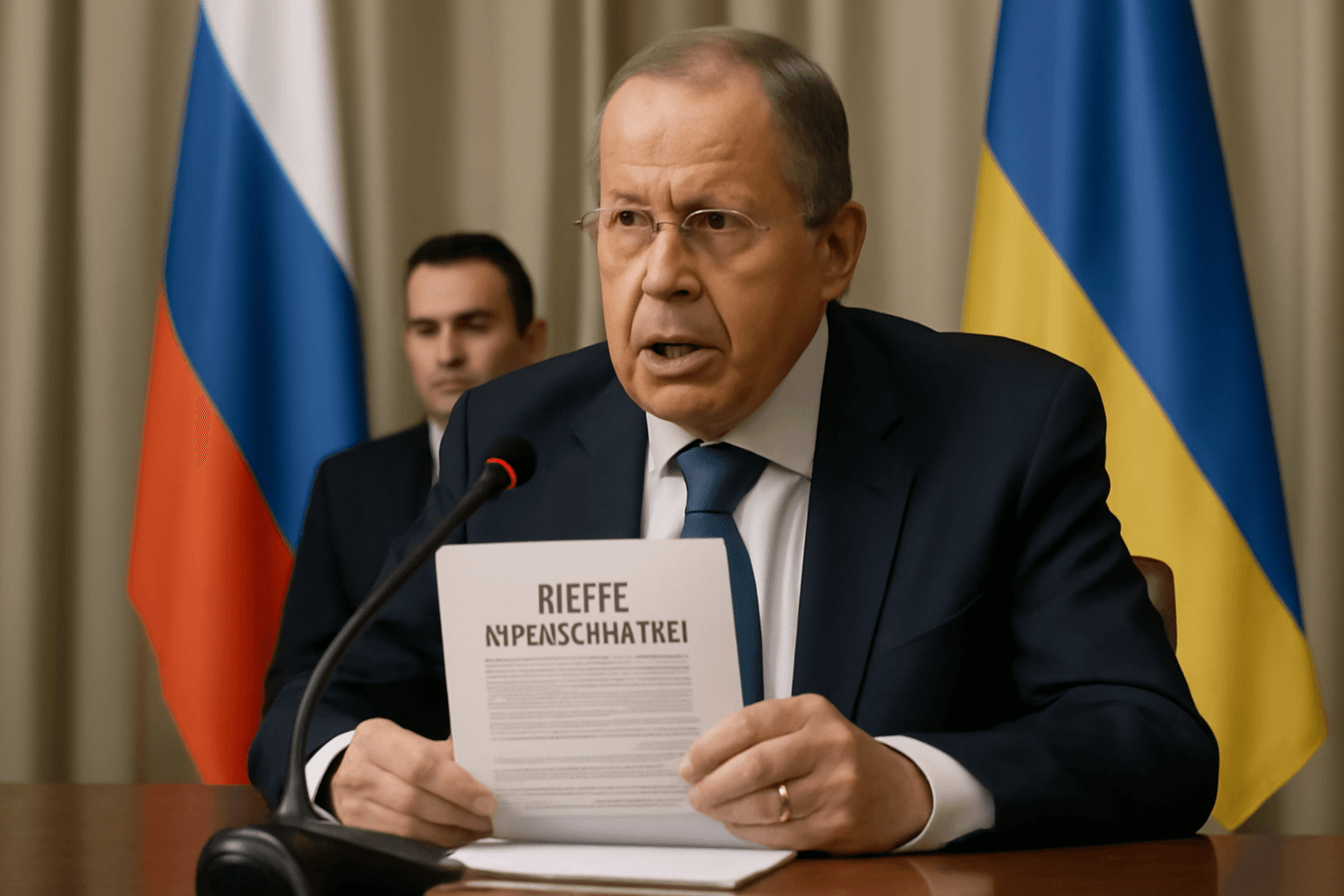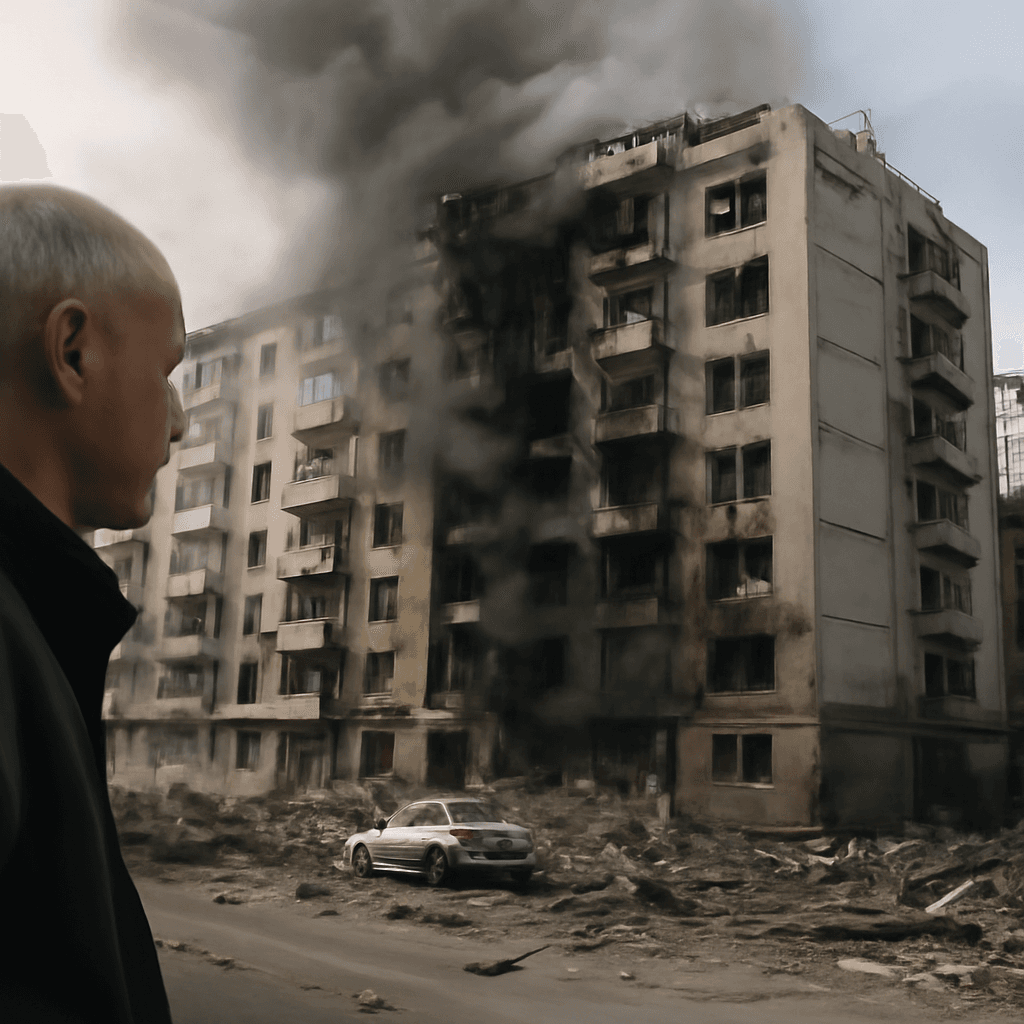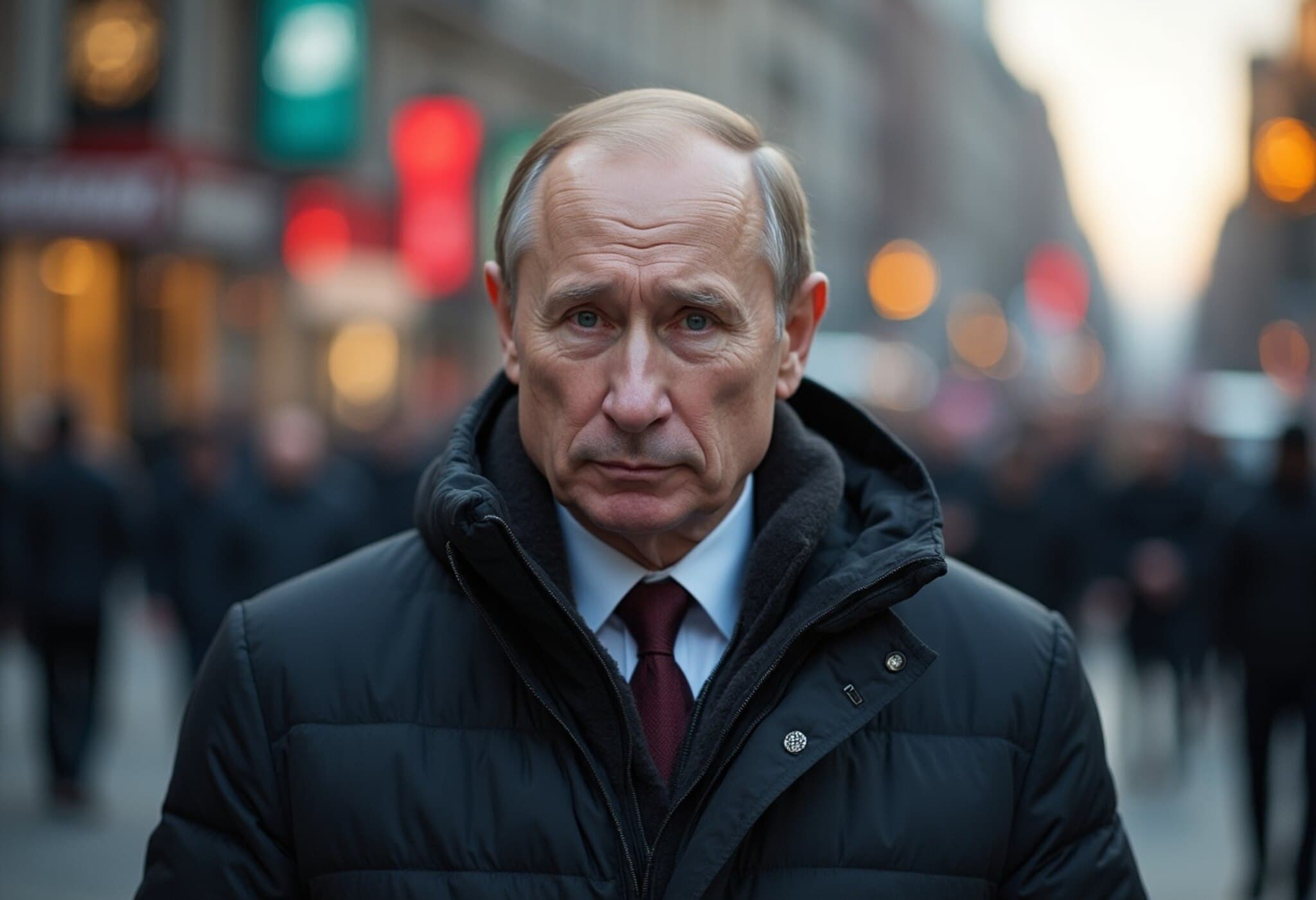Ukrainian Drone Strike Impacts Russian Strategic Bomber Fleet
A recent Ukrainian drone attack inflicted significant damage on Russia's strategic bomber fleet, reportedly affecting about 10% of its capacity. The strike targeted several aircraft at key air bases, disrupting preparations for Russian offensive operations.
Details of the Attack
According to assessments by a senior German military official, the drone strike damaged over a dozen strategic aircraft, including TU-95 and TU-22 bombers, as well as A-50 surveillance planes. These A-50 aircraft serve a crucial role, analogous to NATO's AWACS, providing aerial situational awareness.
The affected A-50 planes were likely non-operational during the attack, and the damage rendered them unusable even for spare parts. Given the limited number of such specialized aircraft, this represents a considerable loss.
Scale of Damage and Operational Impact
- The strike damaged approximately 10% of Russia's long-range strategic bomber fleet.
- U.S. intelligence estimates suggest up to 20 Russian warplanes were targeted, with around 10 destroyed.
- Replacing the damaged aircraft could take Moscow several years, according to military experts.
Despite these losses, Russia maintains about 90% of its strategic bomber fleet. While immediate Russian strikes against Ukraine may continue unabated, the need for remaining bombers to undertake increased sorties could lead to accelerated wear and have a significant psychological impact on Russian forces.
Operational and Strategic Implications
The successful drone operation underscores the vulnerability of Russian assets within its vast territory, previously perceived as secure. The attack targeted multiple airfields:
- Two airfields located approximately 100 kilometers from Moscow.
- Olenya airfield in the Murmansk region.
- Belaya airfield, where the strike caused substantial damage.
An attempted strike on the Ukrainka airfield near the Chinese border was reportedly unsuccessful. The drones employed artificial intelligence to precisely target these facilities.
Significance to Nuclear Capabilities
The bombers damaged in the attack form part of Russia's nuclear triad, enabling nuclear weapon deployment via air, sea, and ground platforms. The strike on aerial components of this triad highlights a critical vulnerability in Russia's strategic defense infrastructure.
Looking Ahead
In response to the attack, Russia is anticipated to enhance its airbase security measures to prevent similar operations. This event marks a significant shift in the security dynamics over Russian territory and could influence future tactical decisions on both sides.

